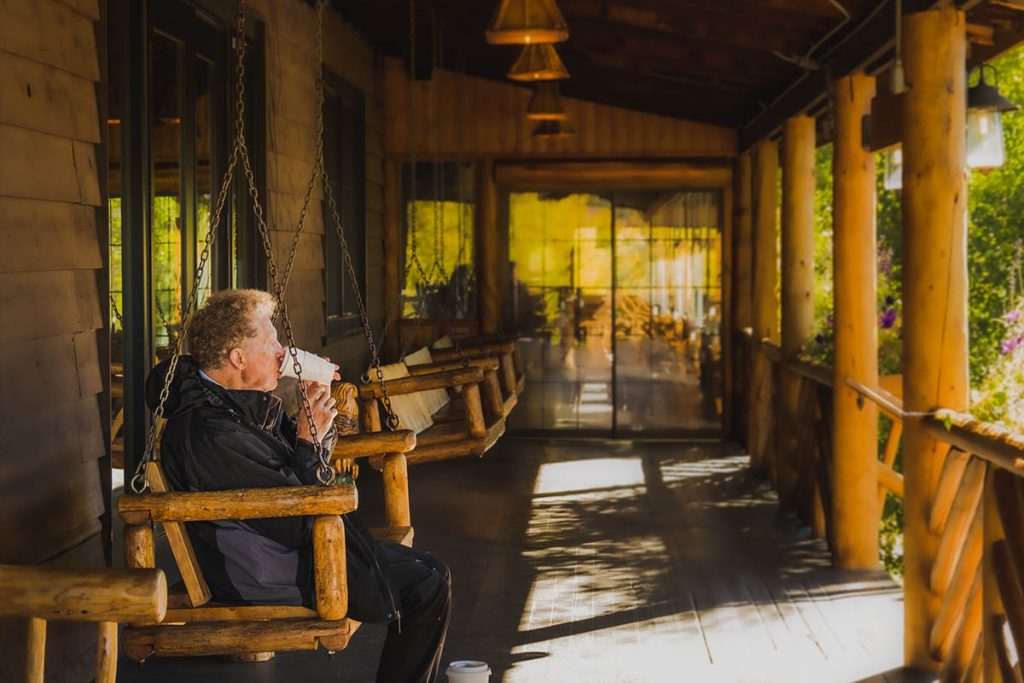
In today’s fast-paced world, multitasking is a societal norm.
It’s often listed as a desirable skill in job descriptions and is commonly thought of as a positive trait. We almost yearn to juggle multiple tasks at once, believing it will make us more productive.
And I admit it; as a Mom and full-time researcher and writer, I am a frequent multitasker.
But is multitasking really beneficial, or is it doing more harm than good?
To answer that you have to dig into the science of the human brain.
The Science of Multitasking

From a scientific standpoint, multitasking isn’t quite what it seems.
The human brain is not designed to perform multiple tasks simultaneously. Instead, what we refer to as multitasking is actually “task switching.”
This is when the brain rapidly shifts its focus from one task to another. According to a study from the University of Southern California, this constant switching can lead to several inefficiencies. The study indicates that multitasking causes us to make more mistakes, retain less information, and also changes the way our brains work.1
When we switch tasks, our brain must reconfigure itself to the new task’s rules and parameters. This process consumes cognitive resources and time, making each switch less efficient and increasing the likelihood of errors.
As a result, the quality of work often declines.
The Downsides of Multitasking on Your Health

But apart from the reduced quality of work, there are potentially some serious mental health concerns associated with constant multitasking.
Increased Stress

Multitasking can elevate stress levels. The brain’s constant shifting between tasks creates a sense of pressure and urgency, which can lead to chronic stress.
Over time, this stress can contribute to burnout and other health issues.
Multitasking can elevate stress levels. The brain’s constant shifting between tasks creates a sense of pressure and urgency, which can lead to chronic stress.
Over time, this stress can contribute to burnout and other health issues.
Cognitive Decline

There is evidence that multitasking may contribute to long-term cognitive decline. Research published in the journal PLOS ONE found that people who frequently multitask may experience reduced brain density in areas responsible for cognitive control and emotional regulation.2
Impulsiveness

Multitasking can make us more impulsive. When we’re constantly switching tasks, we may become accustomed to the rapid pace and start making hasty decisions without fully considering the consequences.
This impulsiveness can negatively impact our professional and personal lives.
4 Benefits of Focusing on One Task

While multitasking might seem like a way to get more done, focusing on one task at a time can be much more effective.
1. Improved Quality of Work

When we dedicate our full attention to a single task, the quality of our work improves. We’re able to think more deeply, catch mistakes, and produce better outcomes.
2. Reduced Stress

Focusing on one task at a time can reduce stress. It allows us to work at a more manageable pace and complete tasks more efficiently, leading to a greater sense of accomplishment and well-being.
3. Enhanced Cognitive Function

Focusing on one task can strengthen our cognitive abilities. Concentrated effort improves memory, problem-solving skills, and overall brain health.
4. Better Decision Making

Single-tasking encourages thoughtful decision-making. It gives us the time to consider all aspects of a situation, leading to more balanced and well-informed choices.
Supercharge Your Ability to Single-Task with Dynamic Mushrooms

Incorporating single-tasking into your routine can transform your productivity and well-being.
To enhance this process, consider adding Dynamic Mushrooms to your daily regimen. Dynamic Mushrooms is a powerhouse blend of Lion’s Mane, Reishi, Chaga, Maitake, and Shitake mushrooms. These adaptogenic mushrooms are meticulously extracted from concentrated fruiting bodies, providing the highest quality and most potent ingredients.
Supports Mental Clarity*

Dynamic Mushrooms supports mental clarity, allowing you to focus more effectively on individual tasks.* With sharpened thinking, you can delve deeper into your work and produce higher-quality results.*
Reduces Stress*

The adaptogenic properties of these mushrooms help your body better adapt to stressful situations, promoting a sense of calm and well-being.* This makes it easier to manage your workload without feeling overwhelmed.*
Enhances Cognitive Function*

The blend of mushrooms in Dynamic Mushrooms supports cognitive function, helping to maintain brain health and improve mental performance.* This is especially beneficial when concentrating on complex tasks.
While multitasking may seem like a necessity in our busy lives, it often leads to reduced productivity, increased stress, and cognitive decline.
By embracing the power of single-tasking, you can improve the quality of your work, reduce stress, and make better decisions. Dynamic Mushrooms can support this shift, enhancing your mental clarity and overall well-being.*
Take the first step towards a more focused and fulfilling life with Dynamic Mushrooms, and experience the benefits of truly embracing each moment.*

Sources:
1. appliedpsychologydegree.usc.edu/blog/benefits-of-multitasking
2. sciencedaily.com/releases/2014/09/140924144949.htm



























